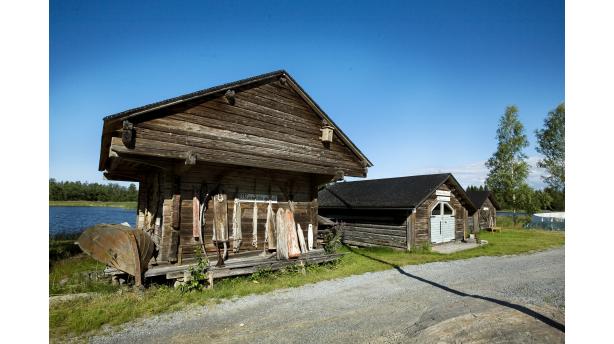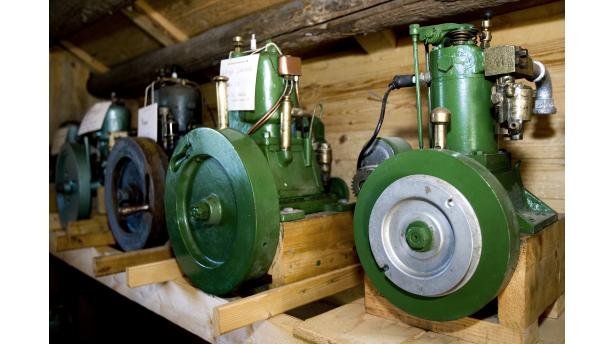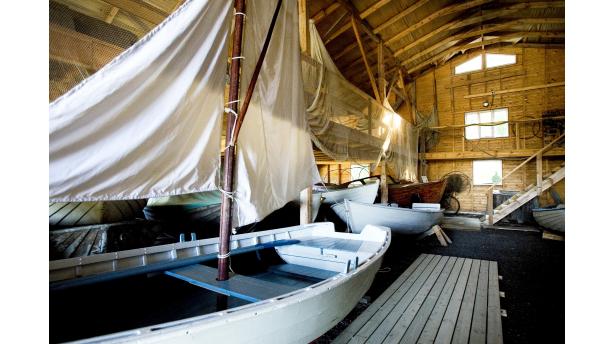Museum A-Ö » Wars and wartime » Bosund Boat, Fishing and Hunting Museum
Bosund Boat, Fishing and Hunting Museum



Did you know...
It has been suggested, that the shipyard to population ratio in Larsmo is bigger than in any other part of the world.
Larsmo has throughout times been a region of boatbuilding and fishing traditions. There are around sixty boats in the Bosund Boat, Fishing and Hunting Museum – all the way from the rowing boats of the 1930s to the more modern plastic kickers. There are also boat engines, fishing equipment and photographs on display.
Due to the proximity of the sea the people of Larsmo have always lived on fishing since the days of the 13th and 14th century, when these islands were inhabited. Fishing equipment was made by one’s own, and the inhabitants of Larsmo became known as skillful ship carpenters mainly in the period of the sail ships from the 16th century to the end of the 19th century. There is a local boat built in the district in 1938 in the museum.Bosund is a village of shipbuilders, where there used to be shipbuilders in nearly every house. Nowadays there are around 3-4 shipbuilders living in the region. The boat used to be an essential means of transportation for the inhabitants of Larsmo, and still in the beginning of the 20th century the only way to access the mainland was by water. Nowadays boats are being built and used mainly for recreational purposes.
In the collections of the museum can be found for example peasant boats, race boats, dinghies, eg. the Oslo dinghy from the 1940s, canoes, a beautiful mahogany boat from the year 1953, a 23 feet long motor boat from the year 1958 as well as seal hunting boats. The boats in the museum have been manufactured between the years 1930 and 1965. The “critter boat” (Kreatursbåten in Swedish) is particularly interesting: it was used for transporting cows to the insular grazing grounds. Two large fishing boats were temporarily attached, whereupon space was made for 3 or 4 cows with their calves.
Building of the traditional wooden boat, the church boat, is illustrated in a series of photographs, and there are also photographs showing seal hunting. Different kinds of boat engines and partly homemade fishing and hunting equipment have been added to the museum’s collections with time. There are both outboard motors and center motors, eg. The Wickström and Jakobstad motors, in the museum, as well as foreign motors from the United States, Baltic and Sweden. For those interested in diving there are discoveries raised from the wreck of the five-masted schooner Marienborg. Marienborg shipwrecked in the year 1924.
To the area have been moved an insular forge built from three seine boats, an 18th century coast barn with its fish traps and game traps, a coast barn from one-handed Runar’s boatbuilding shop, a salt magazine, a windmill and an insular cottage, where milk processing in the archipelago is illustrated. The insular cottage of the area is sparsely furnished: beds, some other furniture, walls papered with newspapers – this generates nostalgic emotions in many visitors.
A fish market is arranged annually at the museum as well as a seal day, when samples of seal meat prepared as food are offered for tasting. During the year storytelling evenings with different themes, such as hunting, seal hunting and diving, are arranged. It is also possible to make a history tour in the village.


